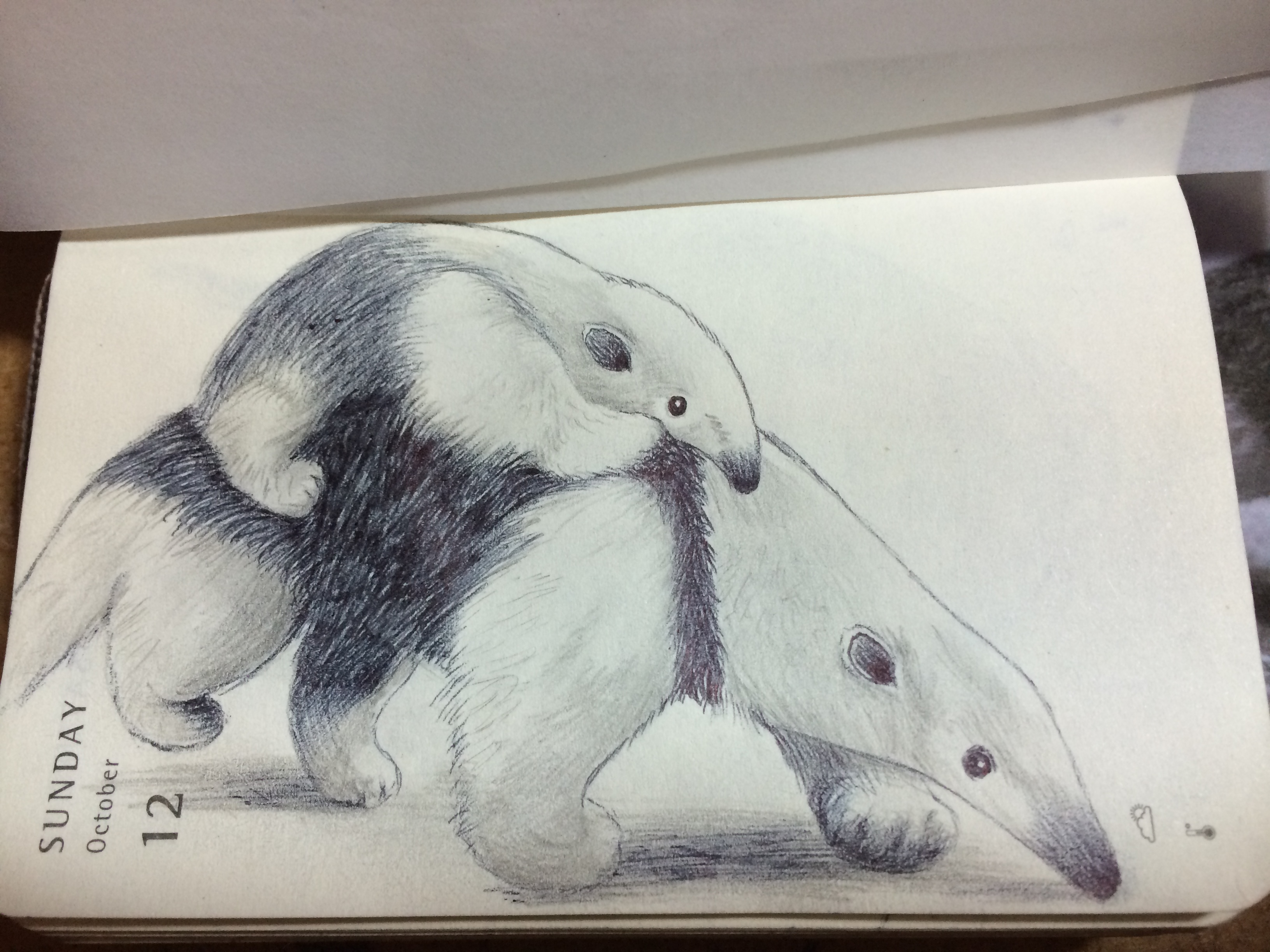The northern tamandua (Tamandua Mexicana) is a species of tamandua, a small anteater in the family Myrmecophagidae. They live in tropical and subtropical forests from southern Mexico through Central America and to the edge of the Andes. They have small eyes and ears, a long snout, and a prehensile tail. Their fur is a pale yellow with a distinctive black patch that covers the flanks, back and shoulders. The fur on its tail covers only about a third of its length on the top surface to give it more gripping strength when in trees. Males and females are close in size, color and weight. The northern tamandua ranges from 40-51″ in total length, including the tail, and weigh between 7.1-11.9 lbs. They are mostly nocturnal but have been found active during the day. They spend about 40% of their time in trees. They are solitary animals occupying home ranges between 62-170 acres. Females appear to be able to enter oestrus at any time of the year. They produce a single offspring at a time. The young anteater initially shelters in a hollow tree nest but eventually will move about by clinging to its mother’s back.
This blog contains Amazon Affiliate links. As an Amazon Associate, I may earn from qualifying purchases.Northern Tamandua
Posted by mnaitodesigns@gmail.com Oct 12, 2014 Daily Sketch animal portraits, anteater, myrmecophagidae, nature, northerntamandua, tamandua, tamanduamexicana, wildlife Leave a Comment



Recent Comments